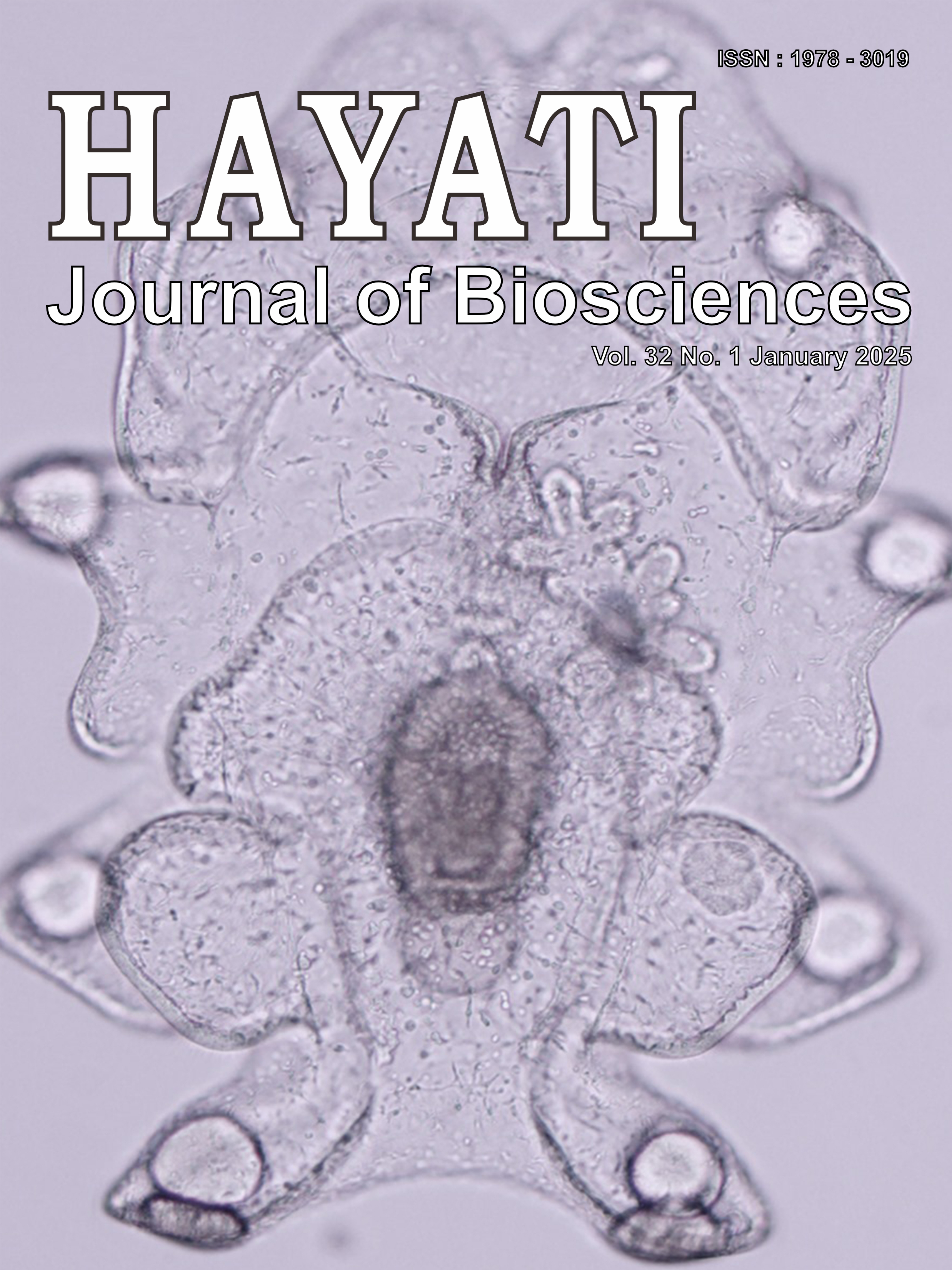Analysis of Drought Stress Effect on Inpari Germination: Survival Method
Abstract
Drought stress using mannitol can inhibit the germination of rice variety seeds. These studies typically produce time-to-event data and censored observation. Survival analysis techniques are valuable for accounting for these non-germination events, as they describe how germination probability changes over time based on the likelihood of seed development. Until now, there have not been survival studies regarding rice germination affected by drought stress in Indonesia. Thus, we investigated the germination probability of three rice varieties (Inpari 19, Inpari 32, and Inpari 49) under drought stress using survival analysis. The seeds were germinated in 0%, 2%, 4%, 6%, and 8% concentrations of mannitol and evaluated daily over 14 days. Our results demonstrated that higher mannitol concentrations significantly decreased the germination percentage and delayed germination time. The survival rates varied significantly between different mannitol concentrations, highlighting the adverse effects of drought stress. However, there was no significant difference in the probability of seed germination among the varieties treated with 2% mannitol. Among the varieties studied, Inpari 19 is more likely to be drought-resistant compared to Inpari 32 and Inpari 49. It is based on the highest germination percentage, shortest germination time, and highest probability of germination compared.
Downloads
Copyright (c) 2025 Riza Yuli Rusdiana, Halimatus Sa'diyah, Alfian Futuhul Hadi

This work is licensed under a Creative Commons Attribution-NonCommercial 4.0 International License.
HAYATI J Biosci is an open access journal and the article's license is CC-BY-NC. This license lets others distribute, remix, tweak, and build upon author's work, as long as they credit the original creation. Authors retain copyright and grant the journal/publisher non exclusive publishing rights with the work simultaneously licensed under a https://creativecommons.org/

























.png) IPB University
IPB University Department of Biology
Department of Biology The Indonesian Biological Society
The Indonesian Biological Society 

